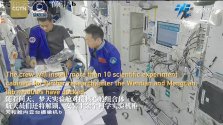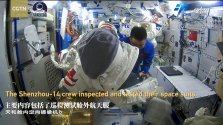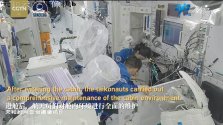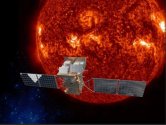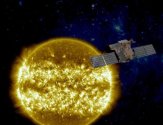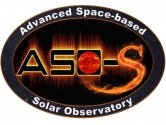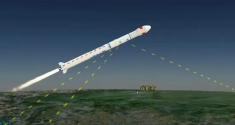I'm a former Operation Support Officer (OSO). That is the Mission Control position in charge of maintenance. We are also in charge various random equipment inside Station like covers, panels, racks, and stowage bags.
Pretty much every response to this thread is wrong. It was the intention to have everything inside the modules be very neat, with everything hidden inside racks or behind covers. I went to many meetings to discuss covers and how to keep things neat.
It was always the goal to keep things neat.
Some of the wrong reasons mentioned in this thread:
Maintenance- there are very few possible failures that would need immediate access to the equipment for repair. There are so many redundancies on the station that if a piece of equipment fails, they just shut off power to that unit, and schedule a time to repair it at some point in the future. Wires are not left exposed to facilitate quick repairs. In fact exposed wires greatly increases the chances of something breaking. Also, most seriously time critical maintenance would require the racks to quickly be rotated out of the way, and clutter makes that task slower.
Weight: this is a reasonable guess, but also not correct. Many different covers and other means of stowage have been launched into orbit. It was definitely the goal to keep everything neat, and the equipment was launched to make that possible. Just take a look at video from Mir to see why NASA was so concerned about making things neat.
The real reason it is messy is because of time. Astronauts are very busy. They want to be as efficient as possible. This means when they install a new experiment or piece of gear, they will do enough work to make it functional, but they won't spend the extra time necessary to make it super neat. Of course there is a trade off. If you spend too much time making things tidy, you are inefficient. If things get to messy, you become inefficient (see Mir). So it is a balancing act. In my opinion, the astronauts are too messy. My guess is that the folks in Mission Control (I'm not there anymore) think they are too messy. But the astronauts are the ones doing the job, and they have some leeway in how it gets done.
I wrote maintenance procedures for on-orbit repairs. I would include all the steps for the repair, including how to keep things neat. I was told by astronauts reviewing the procedures that those steps would most likely be ignored. We kept the steps in our procedures, but we can't force them to follow all the steps.
